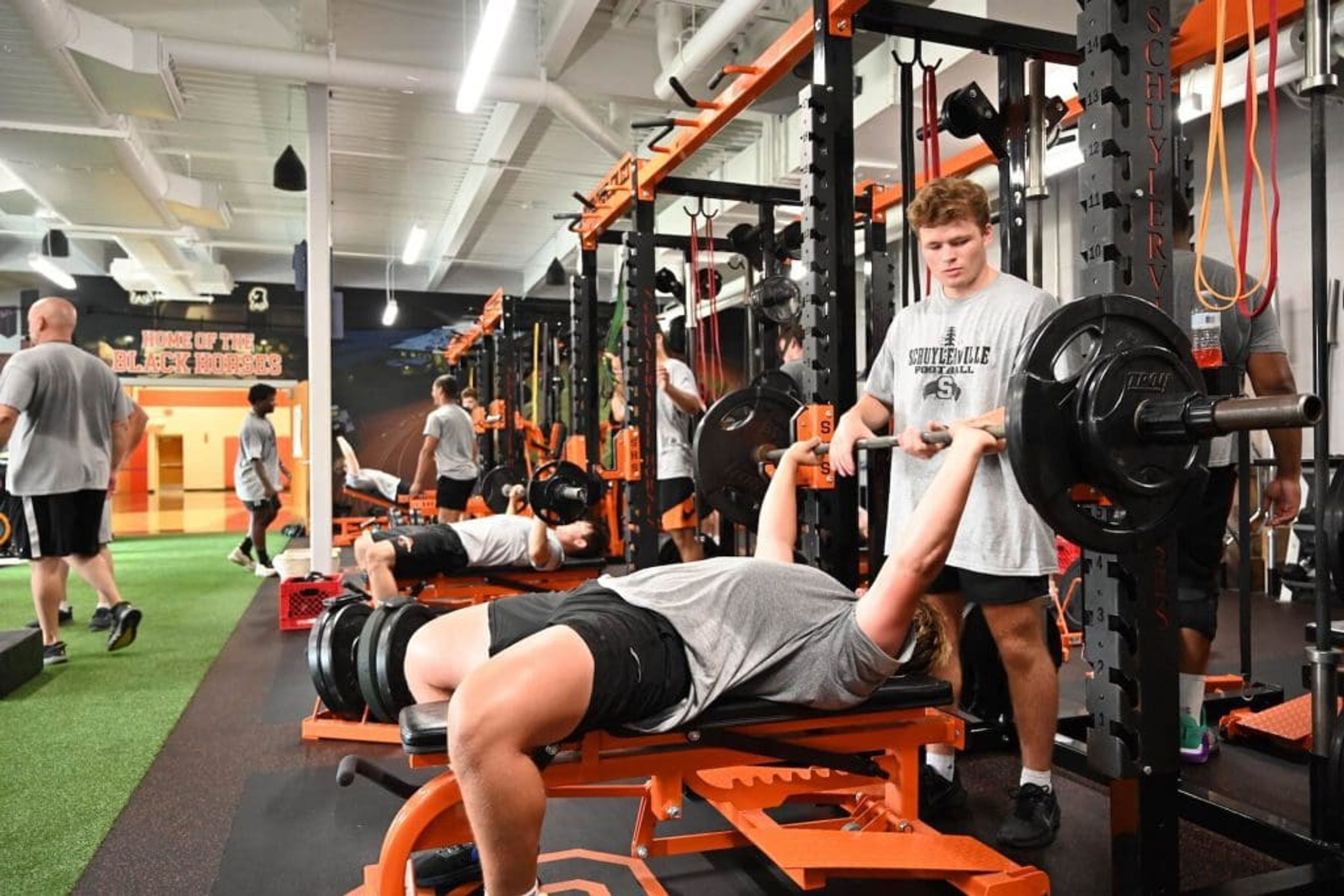Pole Vault Training Schedule
Unlock Your Potential: Discover the Ultimate Pole Vault Training Schedule! Learn how a structured regimen can boost performance, prevent injuries, and ensure peak readiness. Tailored plans for every athlete!
Master Your Heights: The Ultimate Pole Vault Training Schedule for All Levels
The Importance of a Structured Training Schedule
In the world of pole vaulting, a structured training schedule is not just a recommendation; it's a necessity. A well-planned pole vault training schedule can significantly enhance performance, prevent injuries, and ensure athletes peak at the right time. By following a comprehensive training regimen, vaulters can systematically develop the essential components of their sport, from speed and strength to technique and mental preparation.
Understanding the Basics of Pole Vault Training
Pole vaulting is a multifaceted sport that requires a blend of speed, strength, technique, and mental fortitude. Each of these elements plays a crucial role in an athlete's success. Speed is essential for the approach run, strength is needed for the takeoff and pole bend, technique ensures efficient energy transfer, and mental preparation helps athletes stay focused under pressure.
Periodization, the systematic planning of athletic training, is vital in pole vaulting. It allows athletes to peak at the right time by varying the intensity and focus of their training throughout the year. This approach helps prevent overtraining and ensures that athletes are in top form for major competitions.
Annual Training Phases
Preseason (Early Preparation)
The preseason phase focuses on building a solid foundation. Athletes work on general strength, developing an aerobic base, and mastering technique fundamentals. This period is crucial for setting the stage for more intense training later in the year.
In-season (Competition Phase)
During the competition phase, the emphasis shifts to refining technique and specific strength training. Athletes aim to peak for major competitions, ensuring they are at their best when it matters most. This phase involves a careful balance of training intensity and recovery to maintain peak performance.
Off-season (Recovery and Planning)
The off-season is a time for reduced training intensity, focusing on recovery and planning for the next cycle. Athletes use this period to heal from the rigors of the competitive season and prepare mentally and physically for the upcoming year.
Weekly Training Breakdown
Monday: Speed and Technical Drills
Mondays are dedicated to speed and technical drills, such as short run-ups and plant drills. These sessions help athletes improve their approach speed and refine their takeoff technique.
Tuesday: Strength and Power
Tuesdays focus on gym sessions that build strength and power. Exercises like squats and plyometrics are essential for developing the explosive strength needed for pole vaulting.
Wednesday: Active Recovery and Flexibility
Wednesdays are for active recovery and flexibility work. Activities like yoga and light jogging help athletes recover from intense training sessions and maintain flexibility.
Thursday: Technique-Intensive Day
Thursdays are technique-intensive days, featuring longer run-ups and full jumps. These sessions allow athletes to practice their complete vaulting technique and make necessary adjustments.
Friday: Core Stability and Upper Body Strength
Fridays involve another gym session, this time focusing on core stability and upper body strength. These workouts are crucial for maintaining balance and control during the vault.
Weekend: Competition or Light Activity
Weekends are reserved for competitions or simulated competitions. If no events are scheduled, athletes engage in light activity and mental preparation techniques to stay sharp.
Conclusion
Following a structured pole vault training schedule is essential for success in this demanding sport. Athletes must adapt their schedules based on personal needs and professional guidance to achieve their best performance. Consulting with coaches for personalized training plans is highly recommended.
For more tips, training schedules, and expert advice, consider subscribing to polevaulter.ai. This resource offers valuable insights to help athletes at all levels master their heights and achieve their pole vaulting goals.




